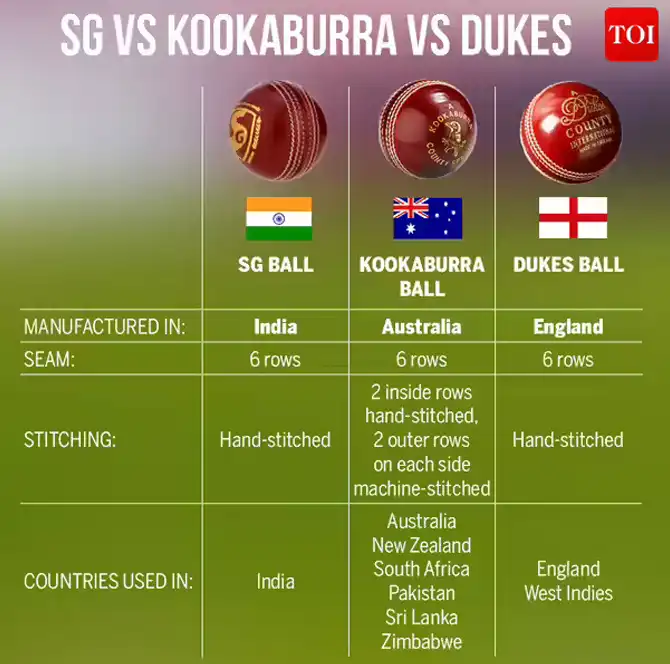Cricket is a game in which every detail contributes to an individual’s performance, including the type of cricket ball. The premier 3 cricket balls that are most known throughout the world are Dukes, Kookaburra, and SG, and each of these cricket balls vary in type of materials used, seam, and longevity of the ball. Understanding the differences in each type of ball is important for the player, especially in terms of how it can impact those who are training players in Cricket Coaching about how conditions can impact the game.

Image Credit: TOI
